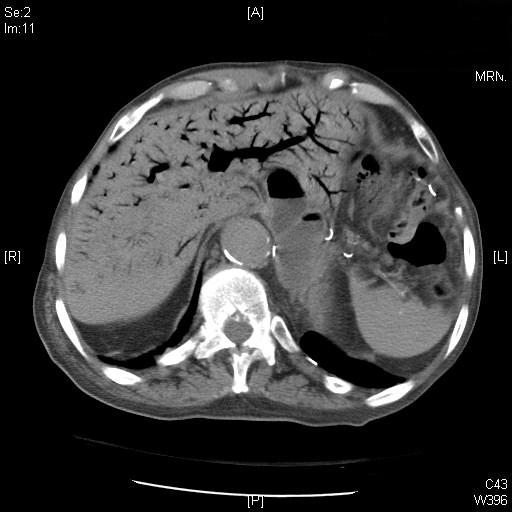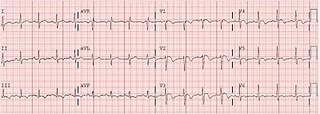Sooooo...it's been a bit and I thought I'd throw up a case I had recently. Nothing special, but with a lot of tox stuff coming up I thought it would be nice to throw up a classic tox case with a good result.
Ok. 36 yo male presents with abdominal pain. On history, guy notes he took close to 200 pills of 500mg of Tylenol. The first 100 he took 36 hours prior to arrival, and the second 100 he took roughly 28 hours pta. This is 100 GRAMS of Tylenol. On exam, vitals were stable, except for being slightly tachycardic. He was tender in RUQ/epigastric and had some scleral icterus. Alert and oriented x 3, otherwise stable, and an ex-wife crying in the room because she just divorced him for being an ALCOHOLIC! Thus the suicide attempt; great....
We start NAC, give him an oral loading dose, and if you don't know this...it smells like a horse's ass. Patient took it down like a champ. Labs started coming back and we realized he was not joking...
APAP - 51 (this is 36 hours after! The nomogram only goes up to 26 hours from the ones I've seen, but definitely over the toxicity line.) Remember, at the 4 hour mark, if it over 200 mcg/ml, the nomogram says continue the entire treatment course, 17 doses of NAC. Actually...after some reading, it's all 150 these days.
CBC/BMP fine, Cr - 1.06 (important), INR - 2.8, PTT - 32, Platelet - 112 (ok CBC not totally fine)
Tbili - 9.7
AST - 16,325 ALT - 12,558 Wowza. Talk to poison control, and they ask me 2 things right away...what is the pH and how is his mental status. Ughhh...I'll get an ABG now? Mental status is fine. NAC is going, but they say switch it to IV form and keep it going.
ABG: 7.47/31/90/23
Poison control says transfer to liver transplant center IMMEDIATELY. Why? They don't blink an eye at the transaminases, it's the coagulopathy that scares them. Pt has been in our ED for a total of 10 hours roughly and we transfer him to UofC, stable the entire time. 36 hours after transfer, he is spiraling down. INR is 9, AST > 20k, becoming encephalopathic. He had somehow passed their psych eval and was on the liver transplant list. The fellow I spoke to at the time was close to pulling the trigger on intubation. Well, 2 days after that...HE BOUNCES BACK! No longer encephalopathic, INR is normal, and his transaminases have dropped like a rock.
Wow.
So I learned some specifics outside of the minimal basics I knew before.
1. IV NAC is preferred in any patient you are worried about fulminant hepatic failure. It is easier to administer, tolerated better by pts, and has equivalent efficacy. It does have a high rate of anaphylactoid rxns (5-17%), so keep a close eye on pts you are administering this to. Oral NAC smells like my poo.
2. Continue IV NAC in these pts until 1 of 3 things. a. pt dies b. pt fully recovers c. pt gets a liver
3. The reason Poison Control said transfer? 4 prognostic criteria of pts wit the highest risk of criteria (King's criteria correct Andrea?)
a. pH < 7.30 b. PTT > 100s c. Cr > 3.3 d. hepatic encephalopathy
4. The liver is awesome.
Ok. There is SO much involved with Tylenol tox that I didn't go over. What about activated charcoal? What about the fact that there were really 2 ingestions here? More specifics on the nomogram? Where is Andrea Carlson when you need her?
Word.


















